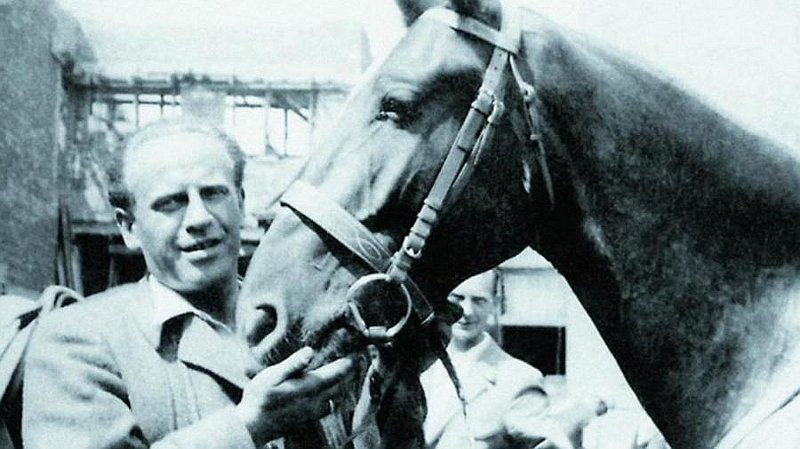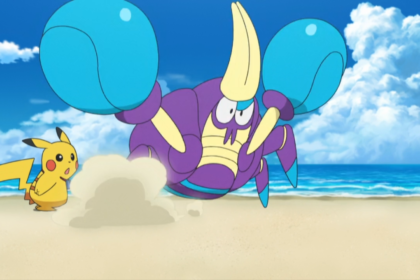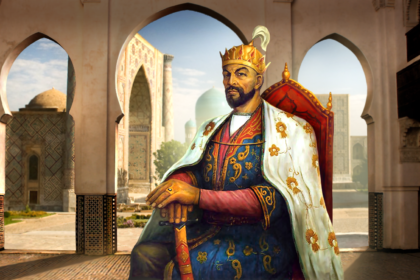Oskar Schindler was a German industrialist and a member of the Nazi Party who is credited with saving the lives of 1,200 Jews during the Holocaust by employing them in his enamelware and ammunition factories in occupied Poland and the Protectorate of Bohemia and Moravia. Take a look below for 30 more interesting and fascinating facts about Oskar Schindler.
1. He is the subject of the 1982 novel Schindler’s Ark and its 1993 film adaption, Schindler’s List, which reflected his life as an opportunist initially motivated by profit, who came to show extraordinary initiative, tenacity, courage and dedication to save the lives of his Jewish employees.
2. Schindler grew up in Zwittau, Moravia, and worked in several trades until he joined the Abwehr, the intelligence service of Nazi Germany, in 1936.
3. He joined the Nazi Party in 1939.
4. Prior to the German occupation of Czechoslovakia in 1938, he collected information on railways and troop movements for the German government.
5. He was arrested for espionage by the Czech government but was released under the terms of the Munich Agreement in 1938.
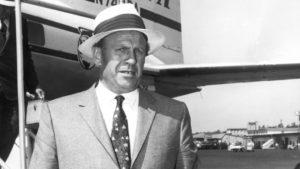
6. Schindler continued to collect information for the Nazis, working in Poland in 1939 before the invasion of Poland at the start of World War II.
7. In 1939, Schindler acquired an enamelware factory in Krakow, Poland, which employed at the factory’s peak in 1944 about 1,750 workers, of whom 1,000 were Jews.
8. His Abwehr connections helped Schindler protect his Jewish workers from deportation and death in the Nazi concentration camps.
9. As time went on, Schindler had to give Nazi officials ever larger bribes and gifts of luxury items obtainable only on the black market to keep his workers safe.
10. Schindler convinced the SS-Hauptsturmfuhrer Amon Goth, commandant of the nearby Krakow-Plaszow concentration camp, to allow him to move his factory to Brunnlitz in the Sudetenland, thus sparing his workers from almost certain death in the gas chambers.
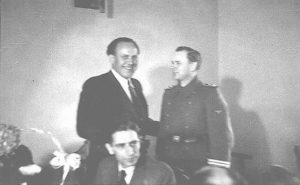
11. Schindler continued to bribe SS officials to prevent the execution of his workers until the end of World War II in Europe in May 1945, but which time he had spent his entire fortune on bribes and black market purchases of supplies for his workers.
12. Schindler moved to West Germany after the war, where he was supported by assistance payments from Jewish relief organisations.
13. After receiving a partial reimbursement for his wartime expenses, he moved with his wife, Emilie, to Argentina, where they took up farming.
14. When he went bankrupt in 1958, Schindler left his wife and returned to Germany, where he failed at several business ventures and relied on financial support from “Schindler Jews”, which are the people whose lives he had saved during the war.
15. He was named Righteous Among the Nations by the Israeli government in 1963.
16. He died on October 9, 1974, in Hildesheim, Germany, and was buried in Jerusalem on Mount Zion, the only member of the Nazi Party to be honored in this way.
17. Schindler had originally been a supporter of the discrimination against Jews by the Nazi Party, for financial reasons, but as time went on and he realized the truth about what the Nazis were doing, he felt compelled to save as many as he could.
18. He was arrested three times. One time was for kissing a Jewish girl, which was a violation of the Nuremberg Laws that the Nazis had imposed.
19. The first two lists that he created, out of seven, were the basis for the Hollywood movie Schindler’s List. These first two lists have been referred to as “The Lists of Life.”
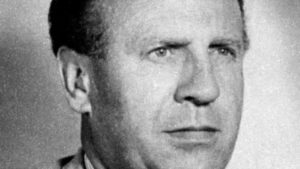
20. When the Holocaust ended, some of the Jewish workers at the enamelware factory gave Schindler a gold ring made of the dental bridge of the mouth of a prisoner.
21. Before the Holocaust, he used to be a prolific drinker.
22. Schindler was arrested several times in 1931 and 1932 for public drunkenness.
23. Between 1931 and 1932, he had an affair with Aurelie Schlegel, a school friend. She bore him a daughter, Emily, in 1933, and a son, Oskar Jr., in 1935. However, Schindler later claimed that the boy wasn’t his.
24. Schindler’s father, an alcoholic, abandoned his wife in 1935. She died a few months later after a length illness.
25. In 1997, a suitcase belonging to Schindler containing historic photographs and documents was discovered in the attic of the apartment of Ami and Heinrich Staehr in Hildesheim. Schindler had stayed with the couple for a few days shortly before his death.
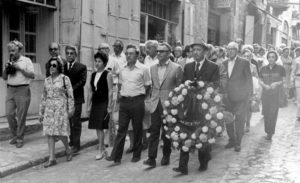
26. In August 2013, a one page letter signed by Schindler on August 22, 1944, sold in an online auction for $59,135.
27. The letter that sold in August, 2013, noted Schindler’s permission for a factory supervisor to move machinery to Czechoslovakia.
28. The same unknown auction buyer that had bought the one page letter signed by Schindler, also bought 1943 construction documents for Schindler’s Krakow factory for $63,426.
29. In 1966, Schindler received the German Order of Merit.
30. In a 1983 television documentary, Schindler was quoted as saying, “I felt that the Jews were being destroyed. I had to help them; there was no choice.”

